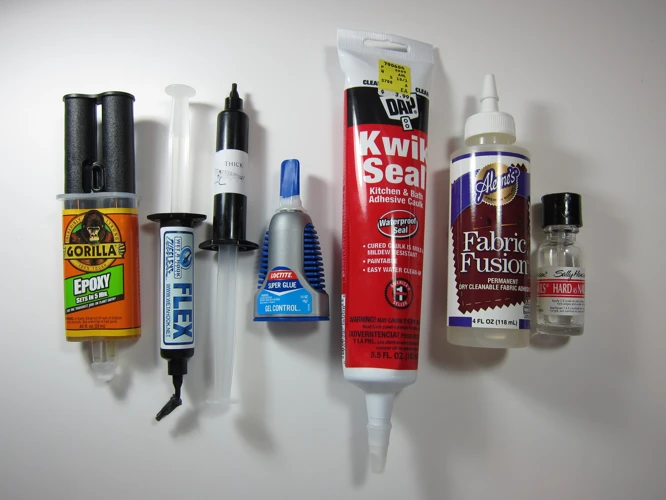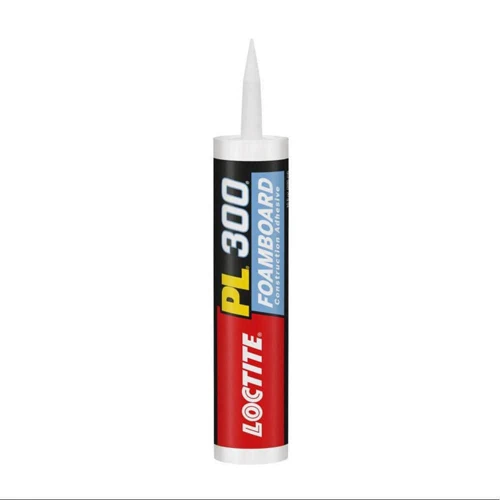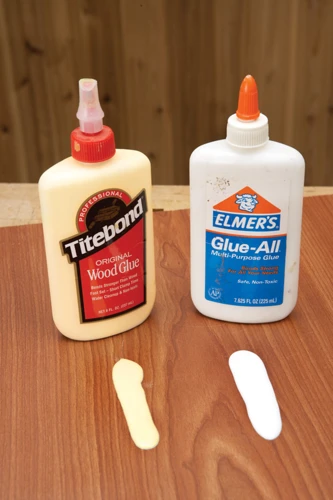EVA foam, known for its flexibility and durability, has become the go-to material for a wide range of projects — from crafting and cosplay to industrial applications. However, the success of any project involving this material heavily relies on the choice and application of the right EVA foam adhesive. In this post, we’ll guide you through the various adhesives available for gluing EVA foam, and how to achieve a lasting bond that supports the integrity of your project.
Understanding EVA Foam Adhesive Options
When it comes to selecting an adhesive for EVA foam, understanding the options available is crucial. Each type of glue has its unique properties, benefits, and applications. Let’s explore some of the most common adhesives used in EVA foam projects.
E-6000
E-6000 is a strong adhesive for EVA foam, known for its industrial strength and versatility. It’s waterproof and flexible, making it a great choice for projects that require a durable bond.
Gorilla Glue
Gorilla Glue is another robust option that works well with EVA foam. It’s famous for its strength and ability to bond dissimilar materials. However, it expands as it dries, so precision is key during application.
Hot Glue
Hot glue is a popular choice for DIY EVA foam projects due to its fast setting time. It’s easy to work with, although it may not be the best option for projects that demand a very strong bond or exposure to high temperatures.
Aleene’s Original Tacky Glue
Aleene’s Original Tacky Glue offers a non-toxic solution that works well with EVA foam. It’s particularly good for craft projects, providing a flexible bond once cured.
Wood Glue
Despite its name, wood glue can be used on EVA foam, especially PVA-based varieties. It’s inexpensive and can create a strong bond, but it may not be the most flexible option.
Spray Adhesive
Spray adhesives are convenient for covering large areas of EVA foam quickly. They offer a temporary or permanent bond, depending on the product chosen.
Epoxy
Epoxy resins provide a very strong bond and are resistant to heat and chemicals. They come in two parts that must be mixed before application, requiring a bit more work than other adhesives.
Contact/Barge Cement
Contact or Barge Cement is a professional-grade EVA foam adhesive. It’s waterproof and highly durable, ideal for EVA foam cosplay outfits that need to withstand movement and wear.
Stitch Witchery
Stitch Witchery is a fusible bonding web that can be used to join pieces of EVA foam together without traditional glue. It requires heat to activate and offers a no-mess solution.
Heat n Bond
Heat n Bond is a similar product to Stitch Witchery, providing a strong bond through heat activation. It’s excellent for adding fabric to EVA foam creations.
Selecting the Best Glue for EVA Foam
Choosing the best glue for EVA foam depends on the specific needs of your project. Consider the bond strength, flexibility, drying time, and exposure to elements your project requires to make an informed decision.
Step-by-Step Guide to Gluing EVA Foam
- Clean the surfaces to be bonded, removing any dust or oils.
- Select the appropriate adhesive for your project.
- Apply the glue evenly, following the manufacturer’s instructions.
- Press the pieces together firmly and allow the glue to cure.
EVA Foam Bonding Techniques
Various EVA foam bonding techniques can be utilized to ensure a strong and lasting bond. Techniques may involve applying pressure, using a heat gun, or allowing proper ventilation for certain adhesives to cure effectively.
Working with EVA Foam for Cosplay
EVA foam cosplay creations demand precision and a keen eye for detail. Utilizing the right adhesive not only ensures durability but also enhances the overall appearance of the costume.
Waterproof Glue for EVA Foam in Various Projects
Waterproof glue for EVA foam is essential for projects exposed to moisture. Options like E-6000 and marine-grade epoxies provide the necessary protection.
EVA Foam Craft Tips for Strong Adhesion
For strong adhesion, surface preparation is key. Additionally, choosing the right adhesive and applying it correctly goes a long way in ensuring a robust bond.
DIY EVA Foam Projects: From Cutting to Gluing
DIY EVA foam projects involve a series of steps, from precise cutting to the final gluing process. Each step is crucial to achieving a professional finish.
Understanding EVA Foam Glue Drying Time
EVA foam glue drying time varies depending on the adhesive used. It’s important to allow the glue to fully cure before handling the bonded foam to maintain the integrity of the bond.
If you’re working on a project that involves EVA foam, you’ll want to know the best methods for adhering it. We have a great selection of resources to help you with your foam crafting needs. For general guidance, check out our article on how to glue foam. If you’re specifically interested in craft foam, our detailed guide on how to glue craft foam may be just what you need. And for those looking to attach EVA foam to fabric, we’ve got you covered with our step-by-step instructions in how to glue EVA foam to fabric. These resources will ensure your foam projects hold together perfectly!
Conclusion: Achieving Durable EVA Foam Creations
By selecting the right EVA foam adhesive and applying proper bonding techniques, you can ensure your EVA foam creations are durable and ready for any application. Whether it’s for a detailed cosplay outfit or a practical industrial component, understanding the various glues and how to use them can make all the difference in your projects.




